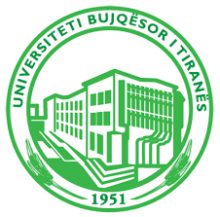Resource information
New developments in geographic information science and technology are changing the way we apply GIS to developing-world agriculture, creating new opportunities to utilize the technology to address problems of disaster management, climate change, land use change, land degradation, crop analysis and impact assessment.GIS allows data and demographic information to be presented graphically, primarily in maps, but also in business tools such as charts, graphs and other reports. In addition, GIS allows the user to create simulations on future data scenarios to analyze the results of planning, land use and/or business decisions. In this frame, the object of this study has been the use of the GIS application for medium-term land use planning in Maminas commune to assist local Government authorities on the sustainable management of land resources. The study provided not only the basic spatial database at communal level, but also evaluated the land suitability, land use, land use changes, functioning of irrigation and drainage systems as well as the loss of agricultural land to urbanization. The agricultural land suitability assessment showed that the biggest surface in this commune is made of S2 class with a total of 63% of agriculture land, class S3-2S does not count that much since it is only 1% and adjacent to the texture of the lower horizon, class S3-2T takes a surface of about 21 % and has an inclination of 3-12% that classifies these soils in this class. The remaining 10% is classified in S4 class with an inclination of 13-25%. The data collection for the buildings built before and post 1991 shows the trends of this phenomenon, GIS applications have indicated that a part of buildings is built in the best agricultural land. The data showed that class A total area is 954.5 ha, occupied area 130.4 ha (14%), and class B total area 53.2 ha occupied area 21.3 ha (40%), while in the land of class N the urbanization is too little (only 1.2%).



